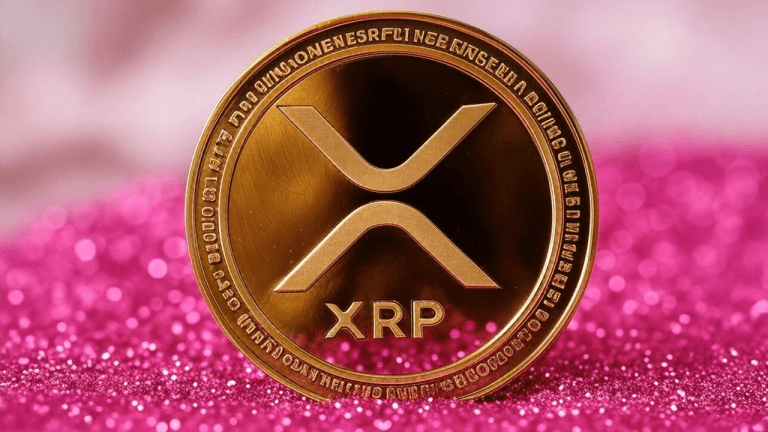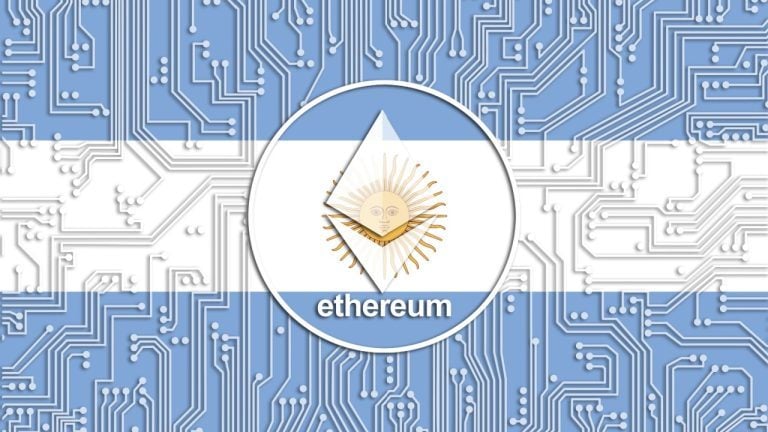
This week, the crypto community is abuzz with discussions about Blast, a new Ethereum layer two (L2) platform. The project gained prominence after securing a notable $ 20 million in funding, spearheaded by Paradigm and Standard Crypto, among other investors. Developed by Pacman, the entrepreneur behind the non-fungible token (NFT) marketplace Blur, Blast has garnered over $ 400 million in digital assets in the past week. At the same time, the platform has been scrutinized a great deal over its mechanics.
Blast, Ethereum’s L2 Newcomer, Secures $ 400M
On November 20, 2023, Tieshun Roquerre, also known as Pacman, unveiled Blast following the project’s funding from Standard Crypto, Paradigm, and additional investors. As an Ethereum L2 network, Blast stands out by offering native yields for ethereum (ETH), staked ethereum (STETH), and stablecoins such as DAI, USDT, and USDC, setting it apart from other L2 solutions.
In under a week, Blast has amassed $ 405 million in value locked, despite being an invite-only platform at present. Although some social media users are distributing Blast invite codes, they have noted that users cannot bridge out or withdraw funds until February 2024.
The platform’s referral system and padded emissions mechanics have led to some labeling it as a “pyramid scheme” and a “Ponzi.” Co-founder and managing partner at Omnichain Capital, David Attermann, said, “awful look for the ‘investors’ in this deal [and] ‘influencers’ shamelessly shilling this MLM scheme on CT.”
Blast reveals that its team, in addition to Pacman, includes alumni from institutions such as MIT, Yale, and Nanyang Technological University, as well as experts from FAANG and Seoul National University. The referral system of Blast features a leaderboard that ranks members based on the points they earn for bridging assets and inviting friends.
The platform is also preparing for an airdrop, with its distribution set to be evenly split between early access members (50%) and developers (50%), as stated on their website. The early access phase is currently active, and developers are slated to receive their share of the airdrop in January, coinciding with the launch of the Blast Testnet.
Early access participants will have to wait until May for their airdrop. Despite skepticism surrounding Blast, paralleling the early days of Blur, the project is experiencing considerable traction. This decentralized finance protocol is under close observation on analytics platforms and explorers, including Arkham Intelligence, Dune Analytics, and Defillama.
There’s also discussions and public disapproval about the project’s multi-signature mechanism tied to the vault. Blast, however, emphasized the nuanced and spectrum-based nature of security in an X post published on Friday. The startup insists upgradeable contracts, despite their perceived vulnerabilities, particularly in token-gated, time-locked mechanisms, can offer more security in certain scenarios.
What’s your opinion about Blast’s quick rise and the criticism it has received? Share your thoughts and opinions about this subject in the comments section below.
Bitcoin News








Leave a Reply
You must be logged in to post a comment.